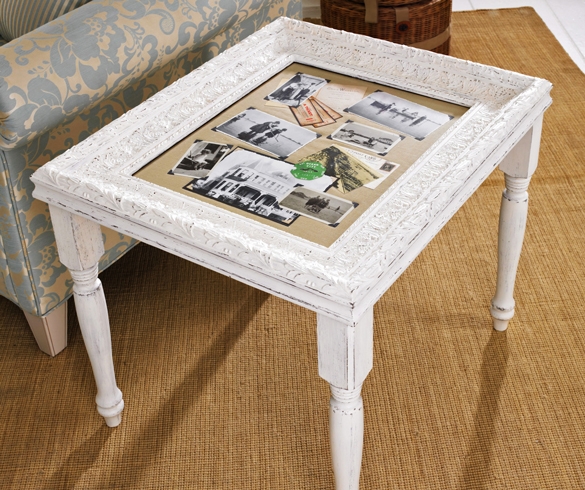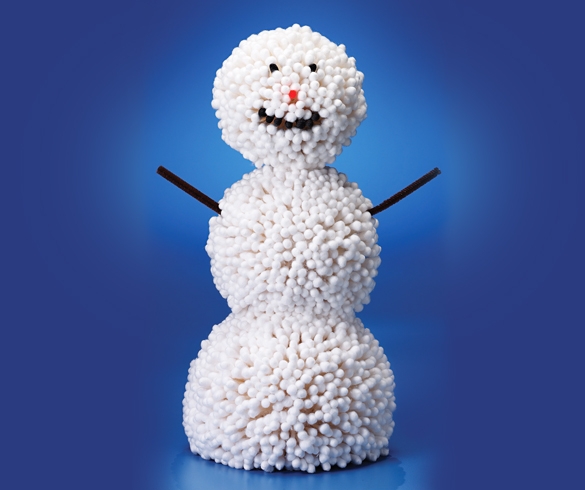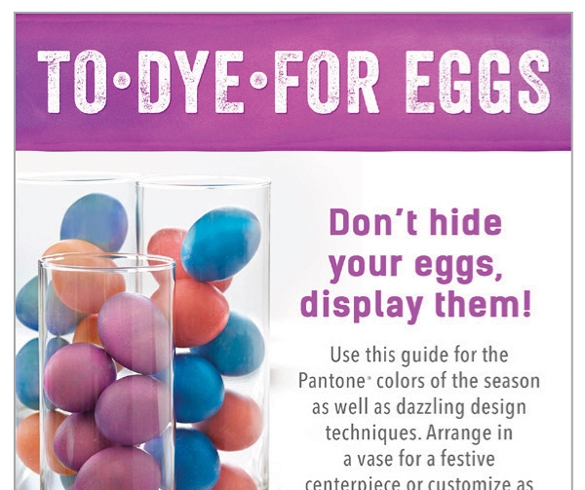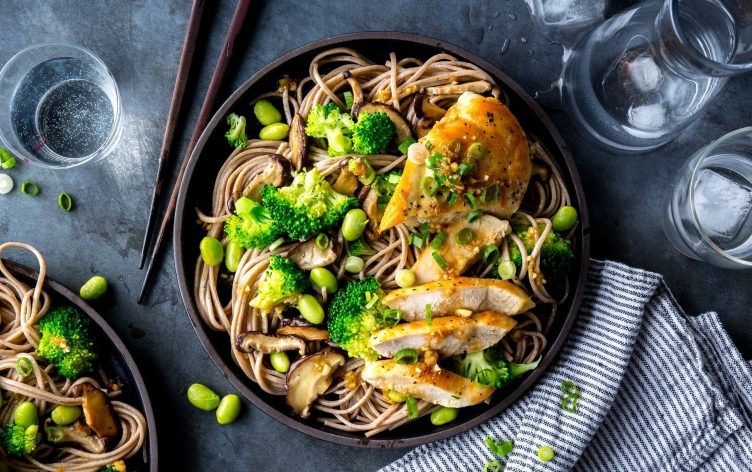
You’re probably familiar with zucchini noodles or “zoodles,” but today there are more alternative pasta options lining grocery shelves than ever. If you’re looking for a change from the standard white flour-based pasta, it’s important to consider not only the nutrition profile, but also whether the pasta is easy to cook with and how it tastes compared to the real deal.
Here, a look at how six varieties stack up against regular pasta and more about the pros and cons of each:
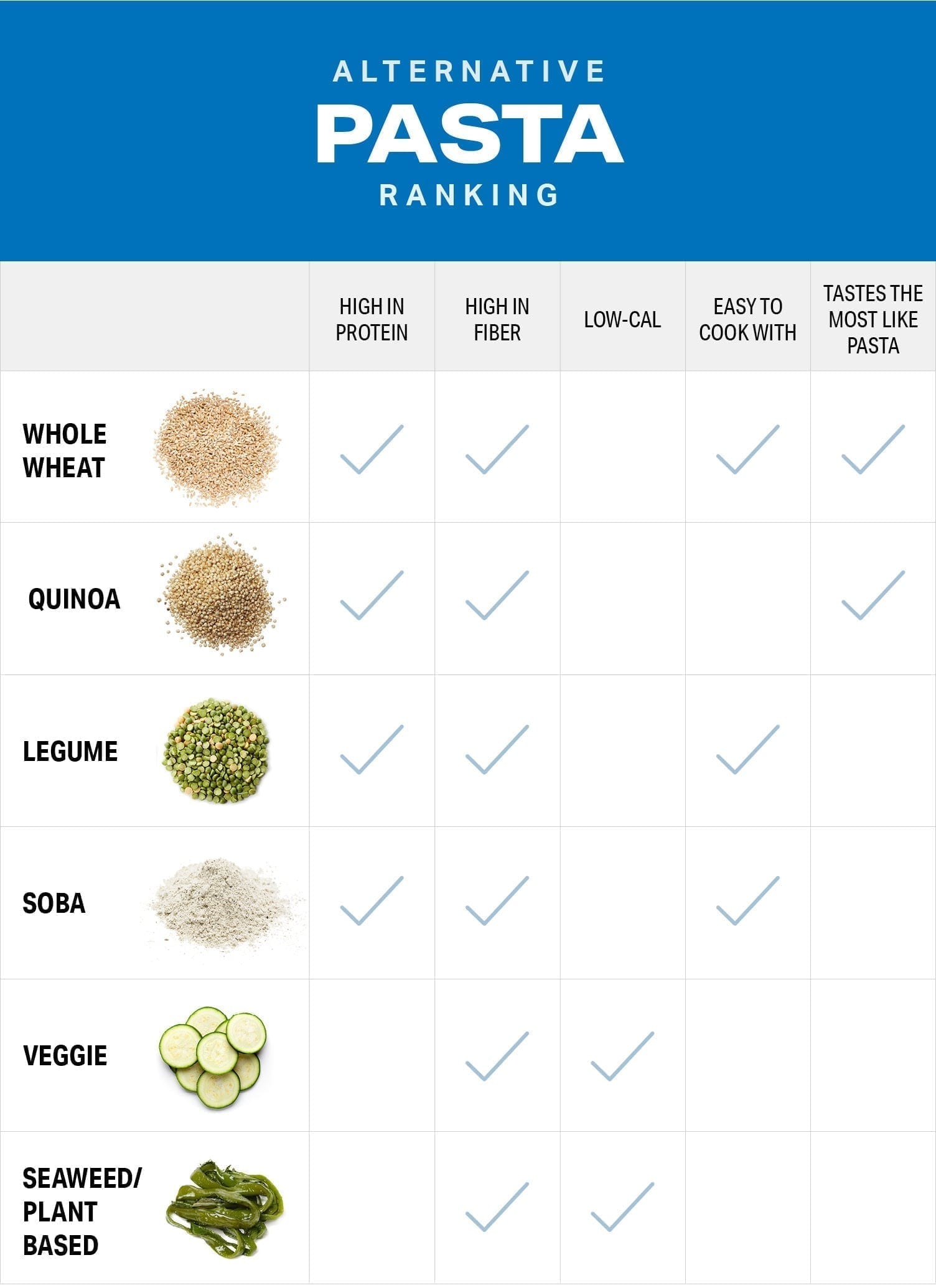

PROS
These faux noodles — usually zucchini, sweet potato, broccoli, beet and butternut squash — are low in calories and high in fiber, vitamins and minerals. You can spiralize almost any veggie (including carrots, parsnips, turnips and more) so it’s a great way to change your routine and add some color to your plate.
CONS
They are unlikely to satisfy your craving for the real deal, flavorwise and can easily become soggy, especially when paired with water-based sauces such as tomato. They also don’t always reheat as well as traditional pasta and require some prep work if you are spiralizing at home.
HOW TO USE THEM
From pesto “zoodles” to soup or a fun take on lasagna, the options are endless.
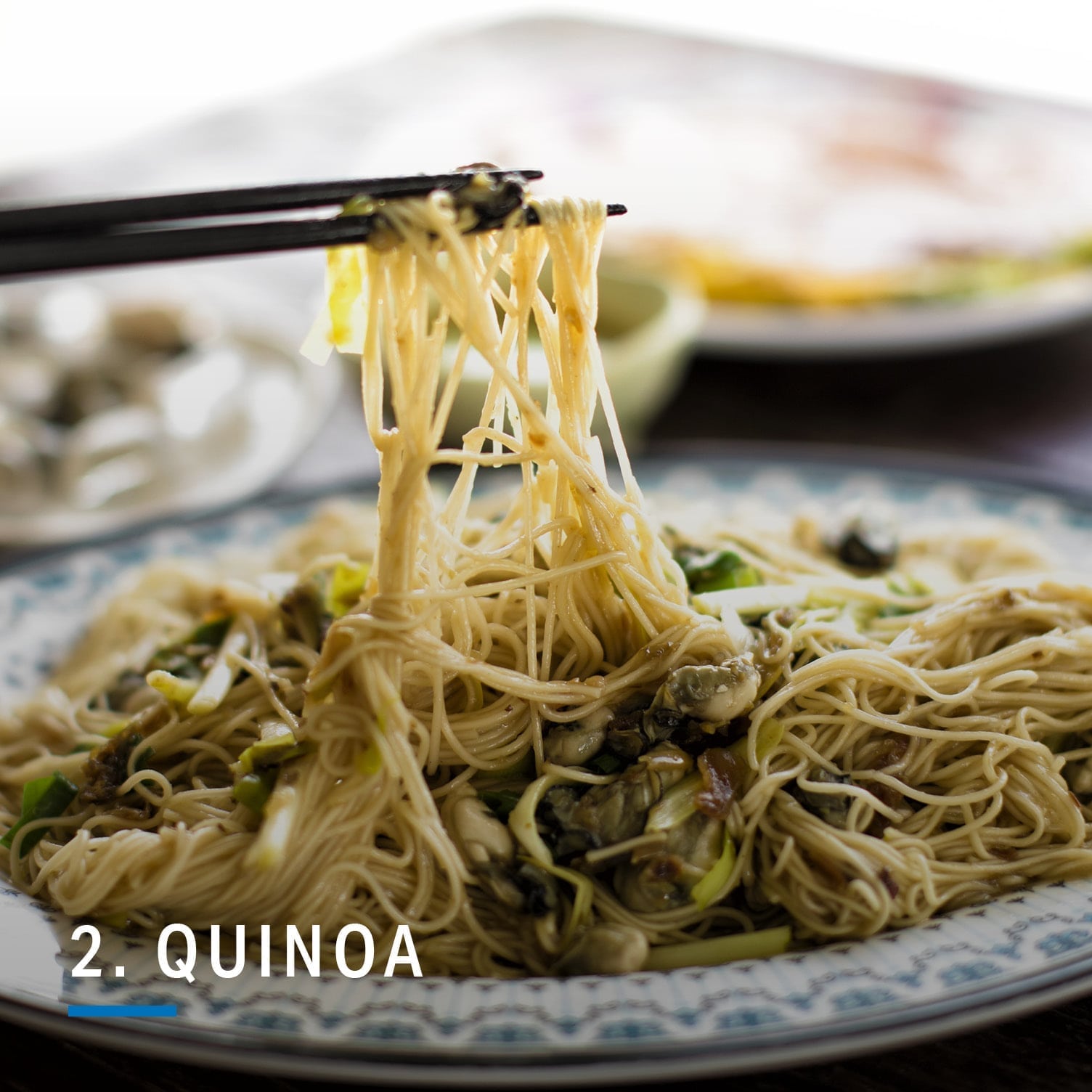
PROS
This pasta cooks quickly and has an al dente texture similar to the regular version. It has a slightly nutty taste that dissipates when other flavors and sauces are added. Quinoa has a good amount of fiber and protein. It is also one of the few plant proteins with all essential amino acids and it’s gluten-free.
CONS
If it’s overcooked, it may start to fall apart. Many of the pastas are combined with wheat flour to improve taste or texture. Be sure to read the label if you are avoiding certain ingredients.
HOW TO USE THEM
Try subbing quinoa noodles in any of these high-protein pasta dinners.

PROS
These pastas — Think: lentil, chickpea and black bean — are low in carbohydrates and high in fiber and protein, which can help keep you feeling full and regulate blood sugar. They also tend to maintain their shape better than quinoa.
CONS
Bean pastas offer many nutritional and texture benefits but do come with a calorie content similar to regular pasta. The taste and color may interfere with the flavors in a dish and they tend to have added ingredients like xanthan gum, tapioca or pea protein. It also tends to come with a higher price tag than the other pasta alternatives.
HOW TO USE THEM
Try chickpea pasta as a substitute in any pasta dish (you can’t go wrong with mac n’ cheese). Black bean pasta pairs well with Asian and Latin-American cuisine and here are five lentil pasta dishes worth trying.

PROS
With a neutral taste and similar texture, whole-wheat pasta is the classic alternative to refined pasta. It’s a great option for people who want to increase their fiber intake. Research in The Journal of Nutrition has linked whole grains to a reduced risk of obesity, heart disease, Type 2 diabetes and some forms of cancer.
CONS
Whole-wheat pasta should be avoided by those with gluten sensitivities or celiac disease since it contains gluten. Make sure you look for products that are 100% whole wheat since many labels say they are made with whole wheat, but contain primarily refined grains.
HOW TO USE THEM
Try it in any of your favorite pasta recipes such as this Mediterranean Pasta Salad.

PROS
These Japanese noodles are made from gluten-free buckwheat flour (Note: Buckwheat is actually a seed.) and contain almost half the calories of traditional pasta. They’re also a good good source of fiber, protein and manganese.
CONS
They impart a nutty flavor and can have a lingering aftertaste. Some soba noodles are mixed with wheat flour. If you are gluten-free, be sure to read the label.
HOW TO USE THEM
Try them in an Asian-inspired dish like this chicken and soba noodle salad or with condiments such as soy sauce, sriracha or miso.

PROS
These more eccentric noodles — kelp, shirataki, palmini — are often found in the refrigerated section at the grocery store. They have very few carbs or calories, with around 2 grams of fiber per serving. Kelp noodles are made from brown seaweed and are high in iodine, shirataki (the long white noodles) contain glucomannan, a soluble fiber that helps maintain blood sugar levels; palmini noodles are made from hearts of palm and contain just 20 calories per serving.
CONS
These noodles have a more rubbery texture and can smell funky; with kelp noodles you’ll need to rinse them well to avoid the salty taste. Palmini noodles are canned and contain 140mg of sodium per serving so if you eat them regularly it could be easy to overdo it on sodium. To reduce 40% of the sodium, and the smell, rinse the noodles then soak them in milk.
HOW TO USE THEM
Try shirataki noodles in stir-frys, pair kelp noodles with an acidic sauce like marinara and use palmini noodles in dishes that would pair well with hearts of palm such as stuffed chicken.
THE BOTTOM LINE
Regular white pasta isn’t inherently bad for your health — it contains complex carbs the body needs and can help power your exercise and weight-loss goals.
However, mixing in some of these low-calorie, high-fiber pasta alternatives can add variety to your diet and allow you to enjoy pasta night without stretching your calorie budget.


